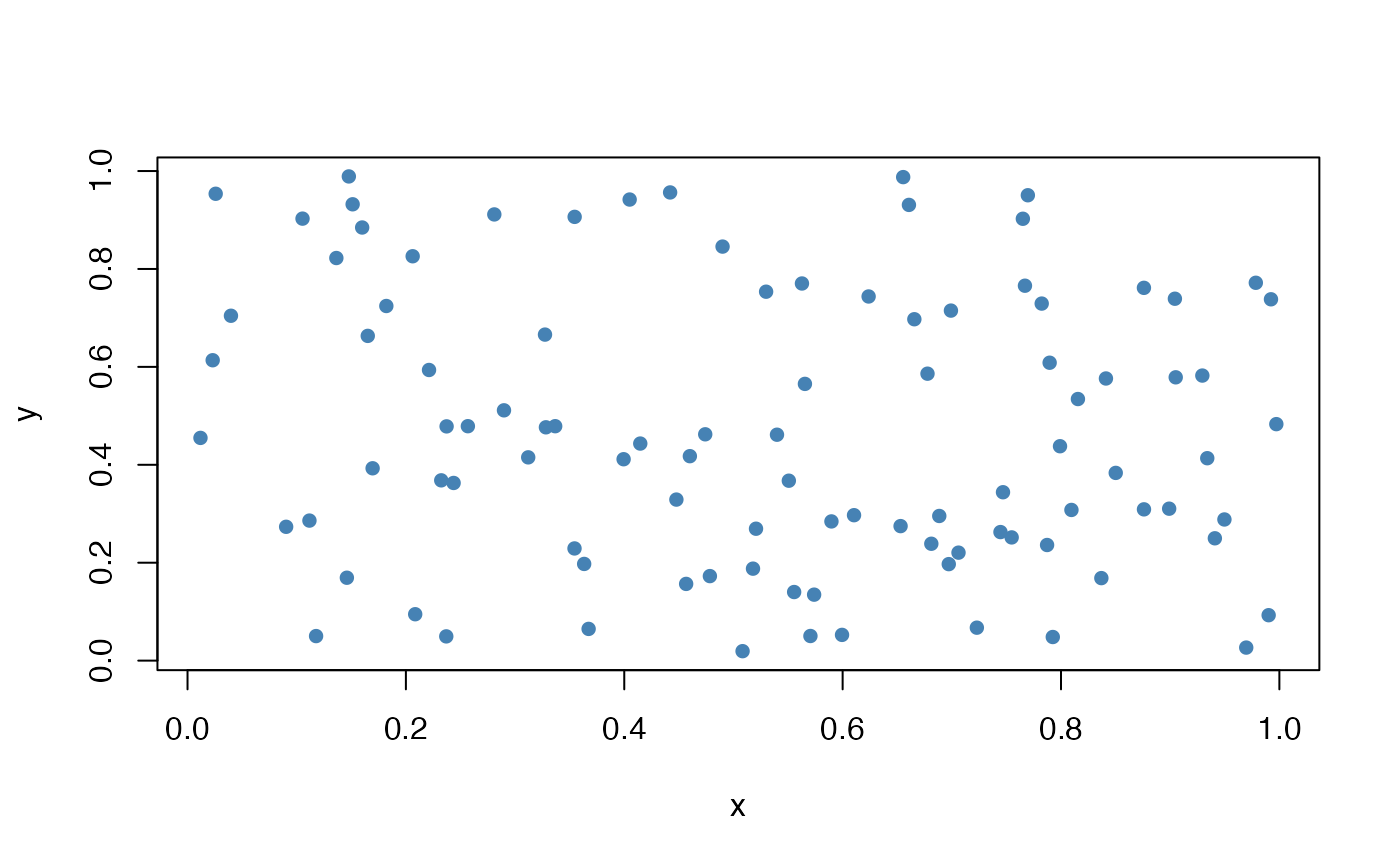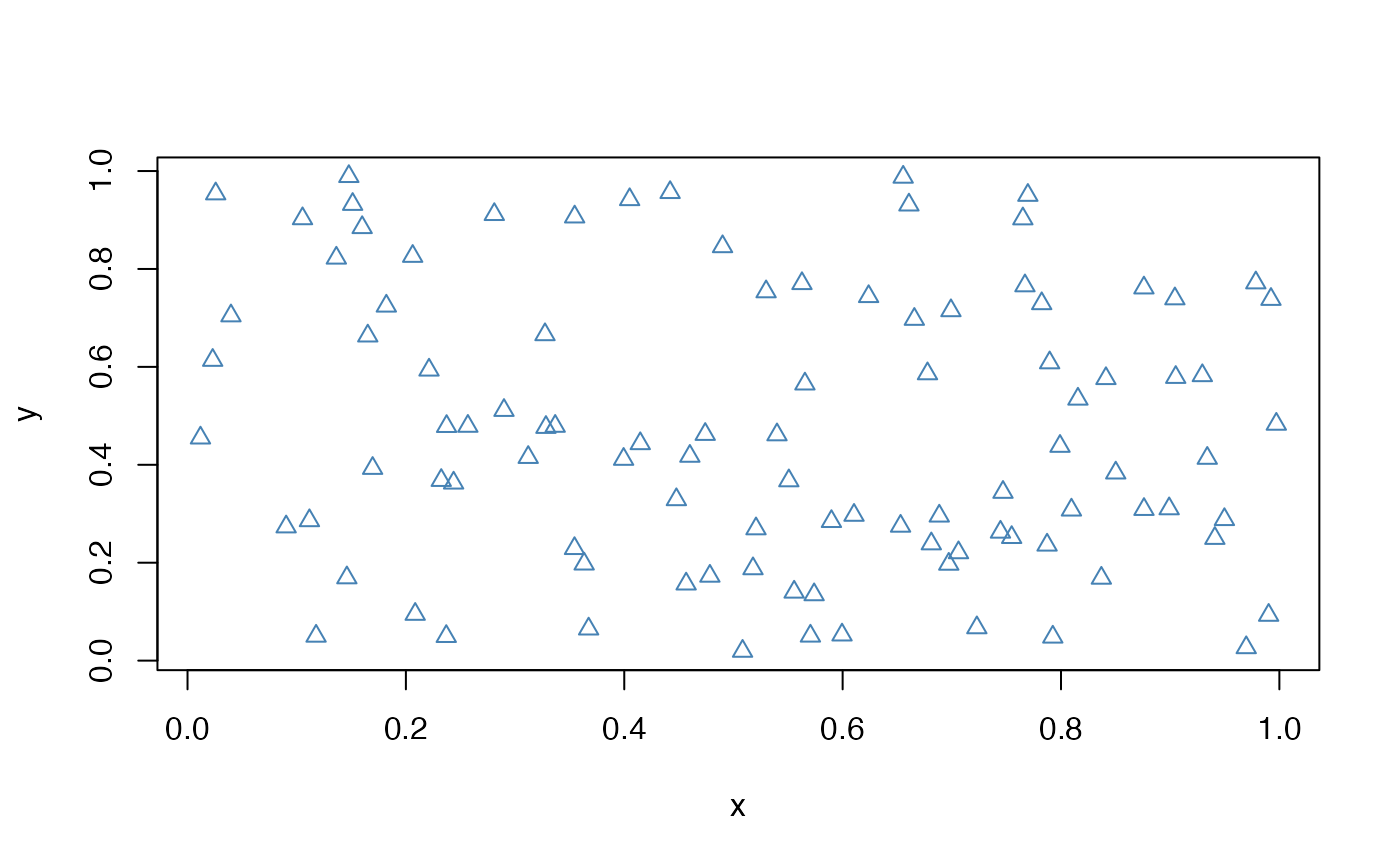Set pipeline inputs, execute, and read pipeline outputs
Usage
pipeline(
pipeline_name,
settings_file = "settings.yaml",
paths = pipeline_root(),
temporary = FALSE
)
pipeline_from_path(path, settings_file = "settings.yaml")Arguments
- pipeline_name
the name of the pipeline, usually title field in the
'DESCRIPTION'file, or the pipeline folder name (if description file is missing)- settings_file
the name of the settings file, usually stores user inputs
- paths
the paths to search for the pipeline, usually the parent directory of the pipeline; default is
pipeline_root, which only search for pipelines that are installed or in current working directory.- temporary
see
pipeline_root- path
the pipeline folder
Value
A PipelineTools instance
Examples
if(!is_on_cran()) {
library(raveio)
# ------------ Set up a bare minimal example pipeline ---------------
root_path <- tempdir()
pipeline_root_folder <- file.path(root_path, "modules")
# create pipeline folder
pipeline_path <- pipeline_create_template(
root_path = pipeline_root_folder, pipeline_name = "raveio_demo",
overwrite = TRUE, activate = FALSE, template_type = "rmd-bare")
save_yaml(list(
n = 100, pch = 16, col = "steelblue"
), file = file.path(pipeline_path, "settings.yaml"))
pipeline_build(pipeline_path)
options("raveio.pipeline.project_root" = root_path)
# Compile the pipeline document
rmarkdown::render(input = file.path(pipeline_path, "main.Rmd"),
output_dir = pipeline_path,
knit_root_dir = pipeline_path,
intermediates_dir = pipeline_path, quiet = TRUE)
# Reset options
options("raveio.pipeline.project_root" = NULL)
utils::browseURL(file.path(pipeline_path, "main.html"))
# --------------------- Example starts ------------------------
pipeline <- pipeline(
pipeline_name = "raveio_demo",
paths = pipeline_root_folder,
temporary = TRUE
)
pipeline$run("plot_data")
# Run again and you will see some targets are skipped
pipeline$set_settings(pch = 2)
pipeline$run("plot_data")
head(pipeline$read("input_data"))
# or use
pipeline[c("n", "pch", "col")]
pipeline[-c("input_data")]
pipeline$target_table
pipeline$result_table
pipeline$progress("details")
# --------------------- Clean up ------------------------
unlink(pipeline_path, recursive = TRUE)
}
#> NOT_CRAN is TRUE/true (not on CRAN)
#>
#> Adding target input_data [R]
#>
#> Adding target plot_data [R]
#> ▶ dispatched target settings_path
#> ● completed target settings_path [0 seconds, 36 bytes]
#> ▶ dispatched target settings
#> ● completed target settings [0 seconds, 112 bytes]
#> ▶ dispatched target n
#> ● completed target n [0 seconds, 51 bytes]
#> ▶ dispatched target pch
#> ● completed target pch [0 seconds, 51 bytes]
#> ▶ dispatched target col
#> ● completed target col [0 seconds, 62 bytes]
#> ▶ dispatched target input_data
#> ● completed target input_data [0.001 seconds, 1.276 kilobytes]
 #> ▶ dispatched target plot_data
#> ● completed target plot_data [0 seconds, 96 bytes]
#> ▶ ended pipeline [0.269 seconds]
#> ▶ dispatched target settings_path
#> ● completed target settings_path [0 seconds, 35 bytes]
#> ▶ dispatched target settings
#> ● completed target settings [0.001 seconds, 111 bytes]
#> ▶ dispatched target n
#> ● completed target n [0 seconds, 51 bytes]
#> ▶ dispatched target pch
#> ● completed target pch [0 seconds, 50 bytes]
#> ▶ dispatched target col
#> ● completed target col [0 seconds, 62 bytes]
#> ✔ skipping targets (1 so far)...
#> ▶ dispatched target plot_data
#> ▶ dispatched target plot_data
#> ● completed target plot_data [0 seconds, 96 bytes]
#> ▶ ended pipeline [0.269 seconds]
#> ▶ dispatched target settings_path
#> ● completed target settings_path [0 seconds, 35 bytes]
#> ▶ dispatched target settings
#> ● completed target settings [0.001 seconds, 111 bytes]
#> ▶ dispatched target n
#> ● completed target n [0 seconds, 51 bytes]
#> ▶ dispatched target pch
#> ● completed target pch [0 seconds, 50 bytes]
#> ▶ dispatched target col
#> ● completed target col [0 seconds, 62 bytes]
#> ✔ skipping targets (1 so far)...
#> ▶ dispatched target plot_data
 #> ● completed target plot_data [0.001 seconds, 96 bytes]
#> ▶ ended pipeline [0.081 seconds]
#> ● completed target plot_data [0.001 seconds, 96 bytes]
#> ▶ ended pipeline [0.081 seconds]